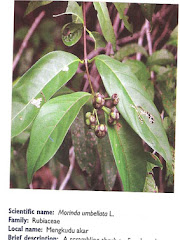INTRODUCTION
At the IV World Congress on National Parks and Protected Areas, meeting in Caracas, Venezuela in February 1992, participants concluded that more and better managed protected areas were urgently required. Participants emphasised that protected areas are about meeting people's needs: that protected areas should not be islands in a sea of development but must be part of every country's strategy for sustainable management and the wise use of its natural resources, and must be set in a regional planning context.
The Caracas Congress also declared its belief in the importance of the full range of protected areas, from those that protect the world's great natural areas to those that contain modified landscapes of outstanding scenic and cultural importance. Within this broad spectrum of uses, many names have been applied to protected areas; Australia alone uses some 45 names and the US National Park Service has 18 different types of areas under its mandate. Globally, over 140 names have been applied to protected areas of various types. Bringing some order to this diversity is clearly a very useful step.
The purpose of these guidelines, therefore, is to establish greater understanding among all concerned about the different categories of protected areas. A central principle upon which the guidelines are based is that categories should be defined by the objectives of management, not by the title of the area nor by the effectiveness of management in meeting those objectives. The matter of management effectiveness certainly needs to be addressed, but it is not seen as an issue of categorisation.
The guidelines build on work done by IUCN in this field over the past of a quarter century. In particular, they draw on the efforts of a task force established in 1984. They reflect the outcome of a wide-ranging debate over the past few years among protected area managers from around the world, including discussion and review at a workshop in Caracas. The outcome of this workshop was that the Congress adopted a recommendation urging that the IUCN Commission on National Parks and Protected Areas and the IUCN Council endorse a system of categories for protected areas according to management objectives and that the system be commended to governments and explained through guidelines. The present publication is designed to give effect to this particular recommendation.
It is hoped that these guidelines will be used widely by those planning to set up new protected areas, and by those reviewing existing ones. They are designed to form a useful basis for preparing national protected areas systems plans. It is to be emphasized that these categories must in no way be considered as a 'driving' mechanism for governments or organizations in deciding the purposes of potential protected areas. Protected areas should be established to meet objectives consistent with national, local or private goals and needs (or a mixture of these) and only then be labelled with an IUCN category according to the management objectives developed herein. These categories have been developed to facilitate communication and information, not to drive the system.
The guidelines do not stand alone, of course. Much other advice on the management of protected areas has been published by IUCN in recent years, and more is to come as the fruits of the work at Caracas emerge in print. But these guidelines have a special significance as they are intended for everyone professionally involved in protected areas, providing a common language by which managers, planners, researchers, politicians, and citizen groups in all countries can exchange information and views.
P.H.C. (Bing) Lucas
Chair, IUCN Commission on National Parks and Protected areas
أَلَمْ تَرَ أَنَّ اللَّهَ يُسَبِّحُ لَهُ مَنْ فِي السَّمَاوَاتِ وَالأرْضِ وَالطَّيْرُ صَافَّاتٍ كُلٌّ قَدْ عَلِمَ صَلاتَهُ وَتَسْبِيحَهُ وَاللَّهُ عَلِيمٌ بِمَا يَفْعَلُونَ Tidakkah kamu tahu bahwasanya Allah: kepada-Nya bertasbih apa yang di langit dan di bumi dan (juga) burung dengan mengembangkan sayapnya. Masing-masing telah mengetahui (cara) solat dan tasbihnya, dan Allah Amat Mengetahui apa yang mereka kerjakan. an-Nur:41
Tazkirah
Sami Yusuf_try not to cry
mu'allim Muhammad Rasulullah Sallallahu alaihi waSalam
ummi_mak_mother_ibu_Sami Yusuf
zikir Tok Guru Nik Abdul Aziz Nik Mat Mu'allimul Mursyidi
syeikh masyari afasi
ruang rindu
song
Arisu Rozah
Usia 40

Mudah mudahan diluaskan rezeki anugerah Allah
usia 40 tahun

UPM

Kuatan Pahe Darul Makmur
pemakaian serban semsa menunaikan solat_InsyaAllah ada sawaaban anugerah Allah
Rempuh halangan

Abah_menyokong kuat oengajian Ijazah UPM

usia 39 tahun

usia 23 tahun_UPM
An_Namiru

Ijazah Pengurusan Hutan UPM

General Lumber_Nik Mahmud Nik Hasan

Chengal

Tauliah

Semasa tugas dgn general lumber

PALAPES UPM

UPM

Rumah yang lawa

Muhammad_Abdullah CD
semasa bermukim di Kuatan Pahe Darul Makmur
Ijazah

air terjun

Borneo land

GREEN PEACE
GREEN PEACE
Kelang

Ahlul Bayti_ Sayid Alawi Al Maliki

Asadu_ Tenang serta Berani

atTiflatul Falasthiniin

Sayid Muhammad Ahlul Bayt keturunan Rasulullah

AnNamiru_SAFARI_Kembara

AnNamiru_resting

Hamas

sabaha anNamiru fil nahri

Namir sedang membersih

Tok Guru Mualimul_Mursyid

An_Namiru
.jpg)
Namir_istirehat
.jpg)
SaaRa AnNamiru fil_Midan
.jpg)
Renungan Sang Harimau_Sabaha AnNamiru
.jpg)
Syaraba AnNamiru Ma_A
.jpg)
AnNamiru_Riadhah
.jpg)
AnNamiru_Riadhah
.jpg)
AnNimru ma_A waladuha
Namir fil_Ghabi (sebut Robi...
Namir

AdDubbu_Beruang di hutan

Amu Syahidan Wa La Tuba lil_A'duwwi

AsSyahid

Namir

Tangkas
najwa dan irah

sungai

najwa

najwa

Kaabatul musyarrafah

unta

Jabal Rahmah

masjid nabawi

masjid quba

dr.eg

najwa dan hadhirah

along[macho]
![along[macho]](https://blogger.googleusercontent.com/img/b/R29vZ2xl/AVvXsEjuMi7D33CmR0_KXrCW2XigfLcUuQurcvtqOS139ncCwEzCyB-jUopk7QK7anADIenJEm2S0N6gAY1ubnACYXewgiAsI3rBjnLTawM39alLL-rEopOoVqn0w5WpLhPJH3hrXNtchEhgtyaI/s240/P7150023.JPG)
harissa dan hadhirah

adik beradik
Tongkat Ali

Tongkat Ali
herba kacip Fatimah
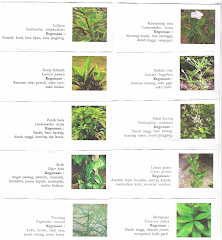
herba Kacip Fatimah
hempedu beruang
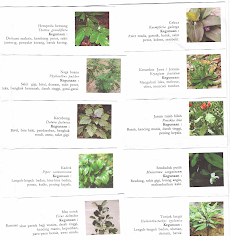
hempedu beruang
hempedu bumi

hempedu bumi
herba misai kucing

herba misai kucing
herba tongkat Ali
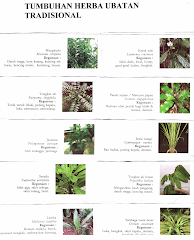.png)
Tongkat Ali
Ulama'

Ulama'
kapal terbang milik kerajaan negara ini yang dipakai pemimpin negara

kapal terbang
Adakah Insan ini Syahid

Syahid
Tok Ayah Haji Ismail

Saifuddin bersama Zakaria

Dinner....
Sukacita Kedatangan Tetamu
Pengikut
Kalimah Yang Baik

Ubi Jaga

Ubi Jaga
Arkib Blog
Burung Lang Rajawali

Chinese Sparrowhawk
Kelicap Mayang Kelapa
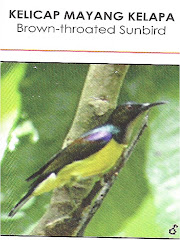
Brown-Throated Sunbird
Kopiah

Pokok Damar Minyak

Kacip Fatimah
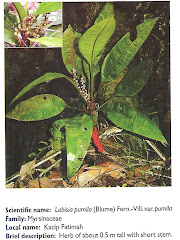
Mengkudu Akar
